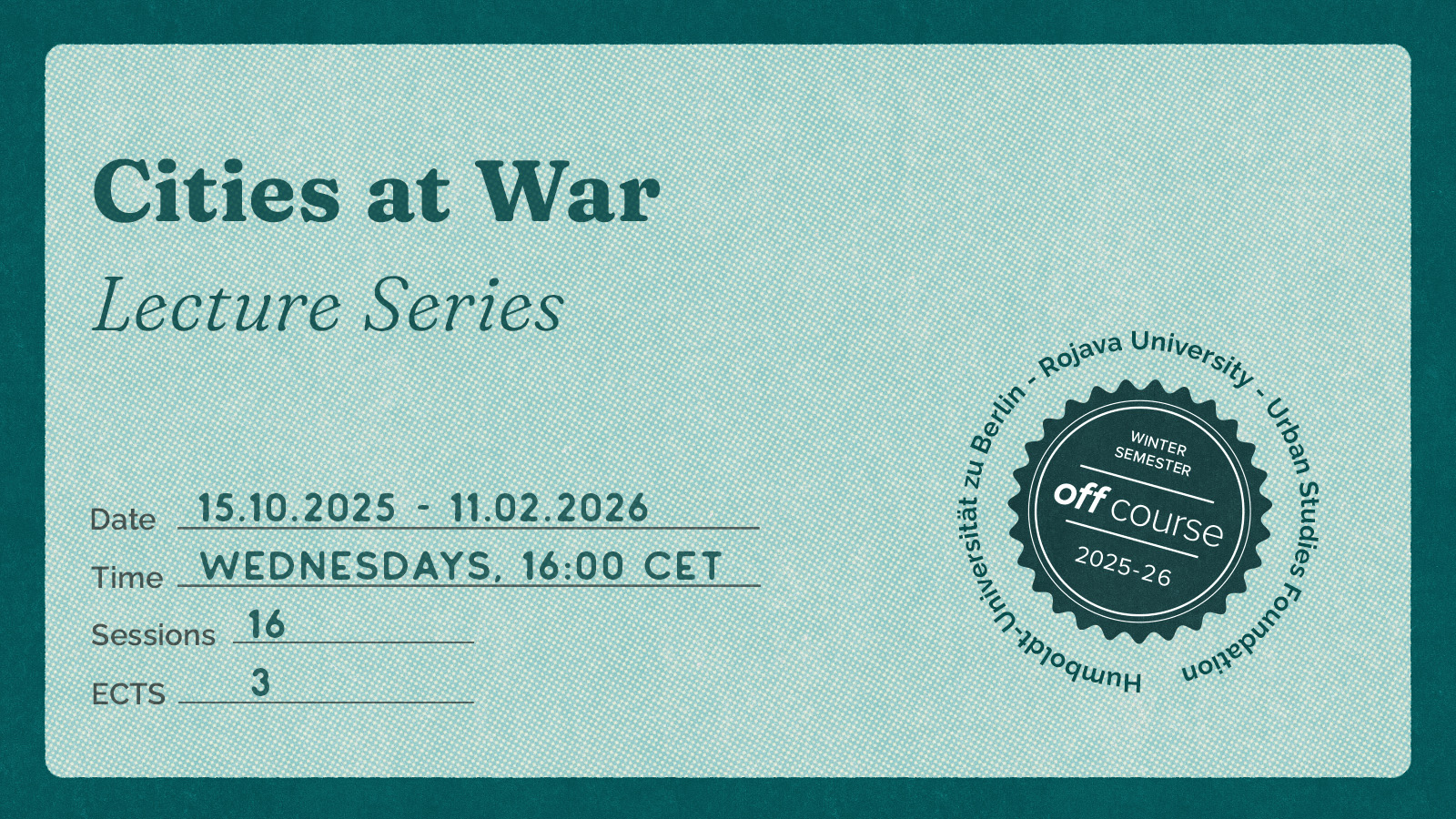
Much of urban research on cities at war discusses the effects of armed conflict on urban space and the militarization of urban space in the same breath. While we acknowledge that similar urban forms may emerge and are interconnected (e.g. via technology), we do not think that the militarization of urban space in the Global North that often is a result of the “war on terrorism” or some iteration of it, is comparable with the experience of cities and its inhabitants that currently or have recently experience(d) war or armed conflict.
Focusing not on potential but actual physical destruction and ruination (Navaro 2009), we’ll first take account of the everyday life of a city at war (Fawaz et al 2012, Harb 2017), the practices and strategies of its inhabitants to cope with the present and making use of its memory.
Underlining, secondly, the emerging continuum between war and peace in many war/conflict cities perceivable as a “practice of continuously planning for war in times of peace” (Bou Akar 2018), we want to contribute to a better understanding of the practices of planning a city at war and their interplay with processes of reconstruction (Sharp 2023), displacement, commodification and musealization (Genç 2021). The increasingly blurred “division between war and peace” (Sharp/Kelegama 2025) is our focus when we examine specific cities at war.
A third cross-cutting theme is the erasure of knowledge, heritage sites and memory that accompanies war both through physical destruction and the loss of archives and records, and through the violent nation building often entailed in post-conflict rebuilding in the form of re-engineering cities and their histories.
- Teacher: NAMAN AGRAWAL
- Teacher: Anood Ali
- Teacher: Zena Asswad
- Teacher: Ammar Azzouz
- Teacher: Mariam Bazzi
- Teacher: Shada Bokir
- Teacher: Aimal Formolly
- Teacher: viktoriia grivina
- Teacher: Luqman Guldivê
- Teacher: Erkan Gürsel
- Teacher: Aras Hiso
- Teacher: Sarah Husein
- Teacher: Olena Kononenko
- Teacher: Oleksandra Nenko
- Teacher: Nevin Soyukaya
- Teacher: Batoul Yassine
- Teacher: Wudu Yimer
- Teacher: Oksana Zaporozhets